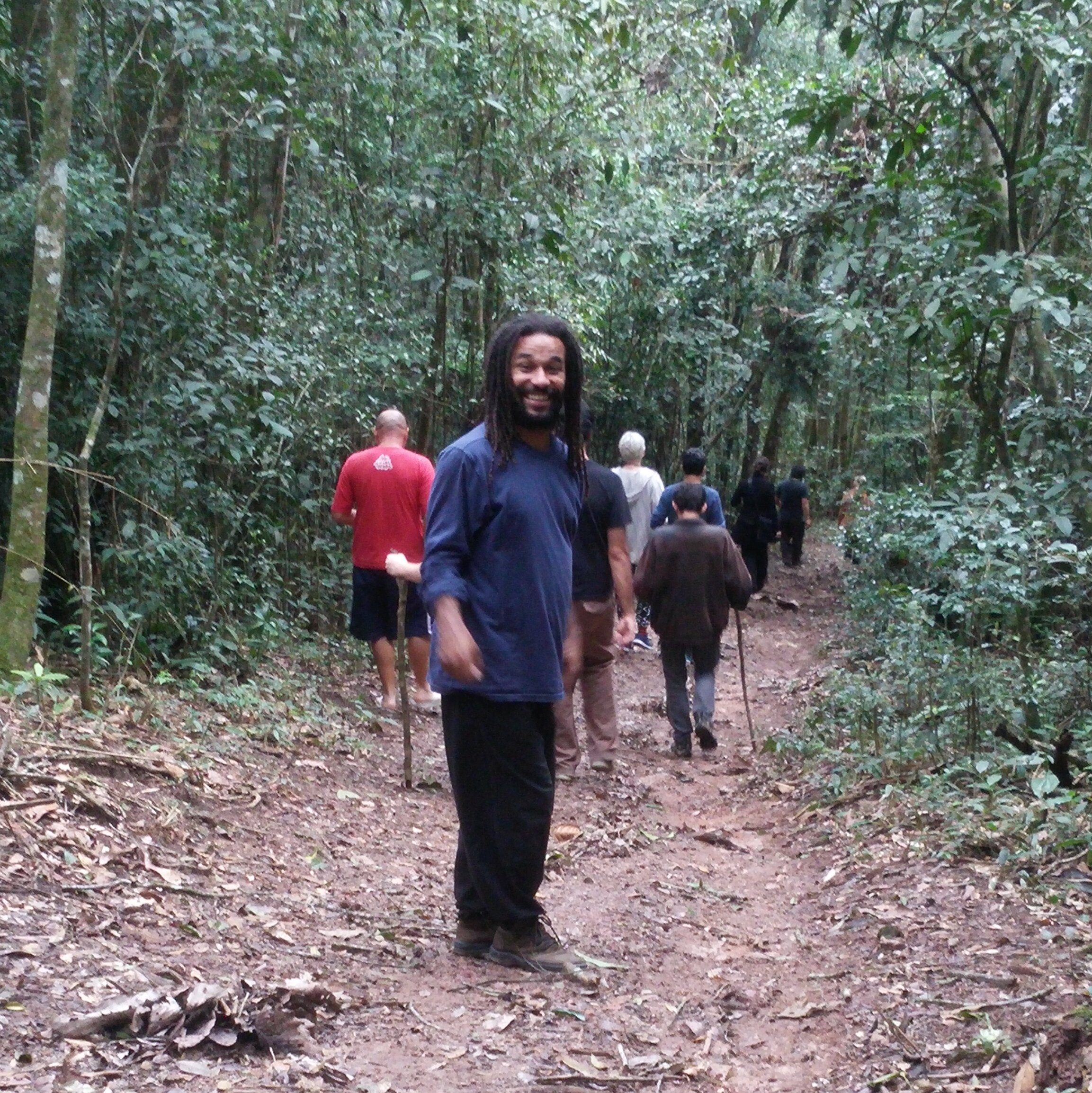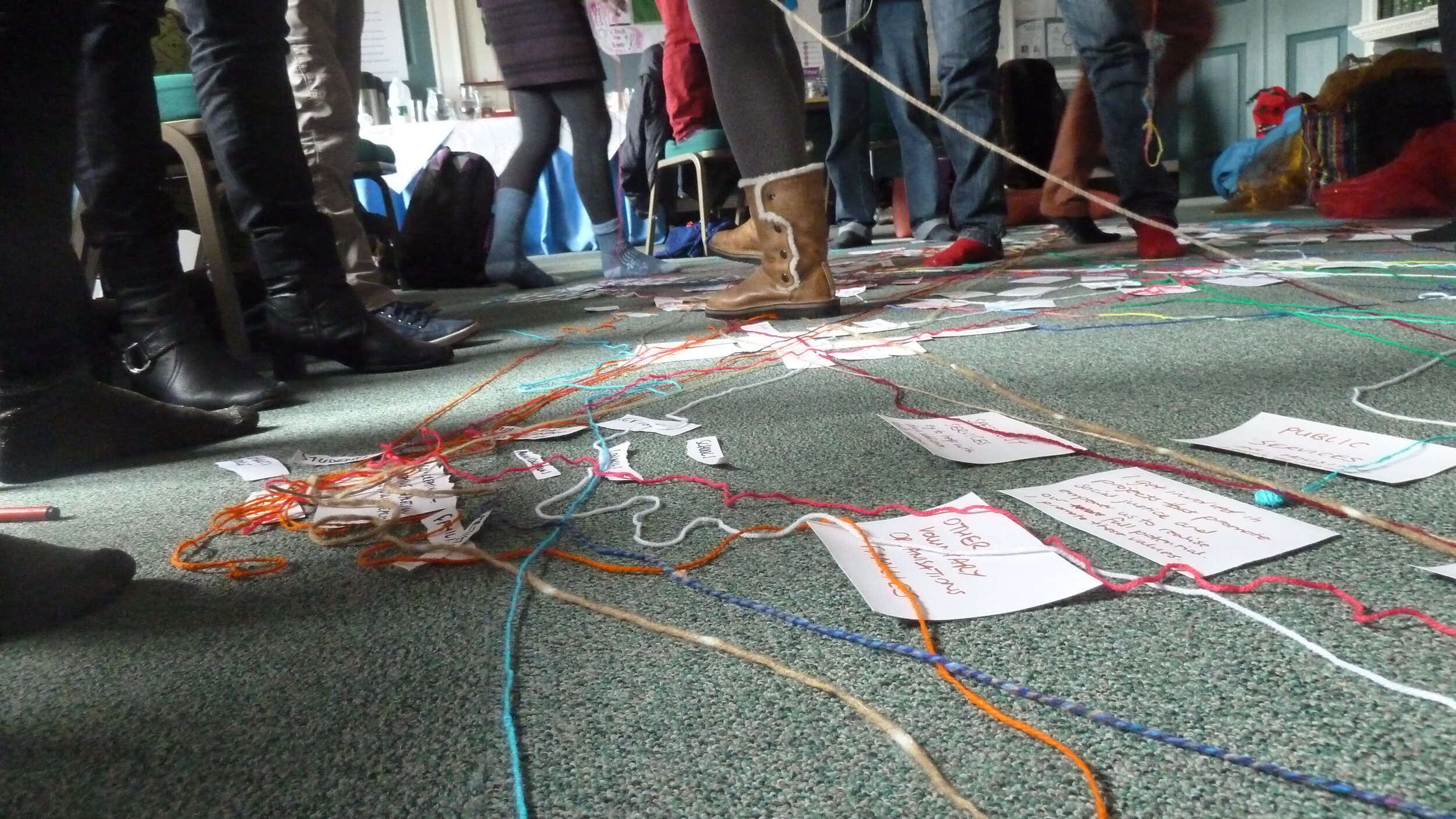potency and potential
Potency & Potential of creative connections in interstitial spaces - Learning from Latin American experiences: 2014 - 2018
In 2014 I was Co-Investigator of this AHRC-funded project between UK, Brazilian and Mexican artists, academics and activists, with PI Dr Anni Raw from the University of Leeds and Co-Investigator Dr. Victoria Jupp-Kina from the University of Dundee. We set out to explore the atmosphere in community (arts/creative) workshops or spaces, and what enables such spaces to carry the possibility of change, or to inspire people to work together for change.
We sought to bring together six communities to learn from different perspectives on how creative facilitation and arts participation can create possibilities for change:
Together we created a series of collaborative research encounters, to explore the atmospheres in community (arts/creative) workshops or spaces, and what enables such spaces to carry the possibility of change, or to inspire people to work together for change.
Participating community members were drawn from academic, practitioner and activist communities in Brazil, Mexico and the UK. The style of the research project was 'action research' so that we explored the question together both through discussion and through trying out different practices while we were together.
Our key findings show that there are several important factors in creating an environment that can be 'potent' enough to catalyse collective action or change. These include:
· Creating a space that is away from everyday distractions;
· Ensuring the space is comfortable enough to allow people to reflect (which is an activity that is not possible if individuals do not feel they can relax); however that also includes new experiences, disorientation, being stretched, and a variety of approaches or engagement styles;
· Building significant levels of mutual trust between those in the space, including by carefully challenging obstacles to trust: This can be achieved indirectly through collaborative creative activity, so that issues can unfold without confrontation and an ensuing loss of trust;
· Sharing values and passions for the aims of each others' work, and sensing each others' high levels of commitment (as a trust building measure as well as motivating factor);
· Exploring concrete next steps, and sound communication mechanisms that suit people's needs and habits, in order to allow future collective action to take place.
We met in Sao Paulo, Brazil where we began to explore what connected us and what kept us apart. We walked and talked, drew diagrams, painted pictures, made notes, facilitated workshops with and for each other, ate and drank together, and visited each others projects and neighbourhoods. Six months later we met at Northern College, South Yorkshire where we reflected on the intervening time and our work, the impact of the first residency and continued with workshops, gatherings, games and conversations. We questioned the creation of safe spaces for artivisitic projects, for public participation and reflected on notions of community, communities, and the role of art and artists within these.
A new international network of artists, academics and activists emerged from the research and residencies, with significant relationships enabling travel to the UK for several of the Brazilian participants. Kelly, …..
2016 Conference Papers: Spaces of communication, connection and language: In an interdisciplinary international multi-sector collaboration, whose language is it anyway? Ramsden, H.& Raw, A., 23 Mar 2016.




























